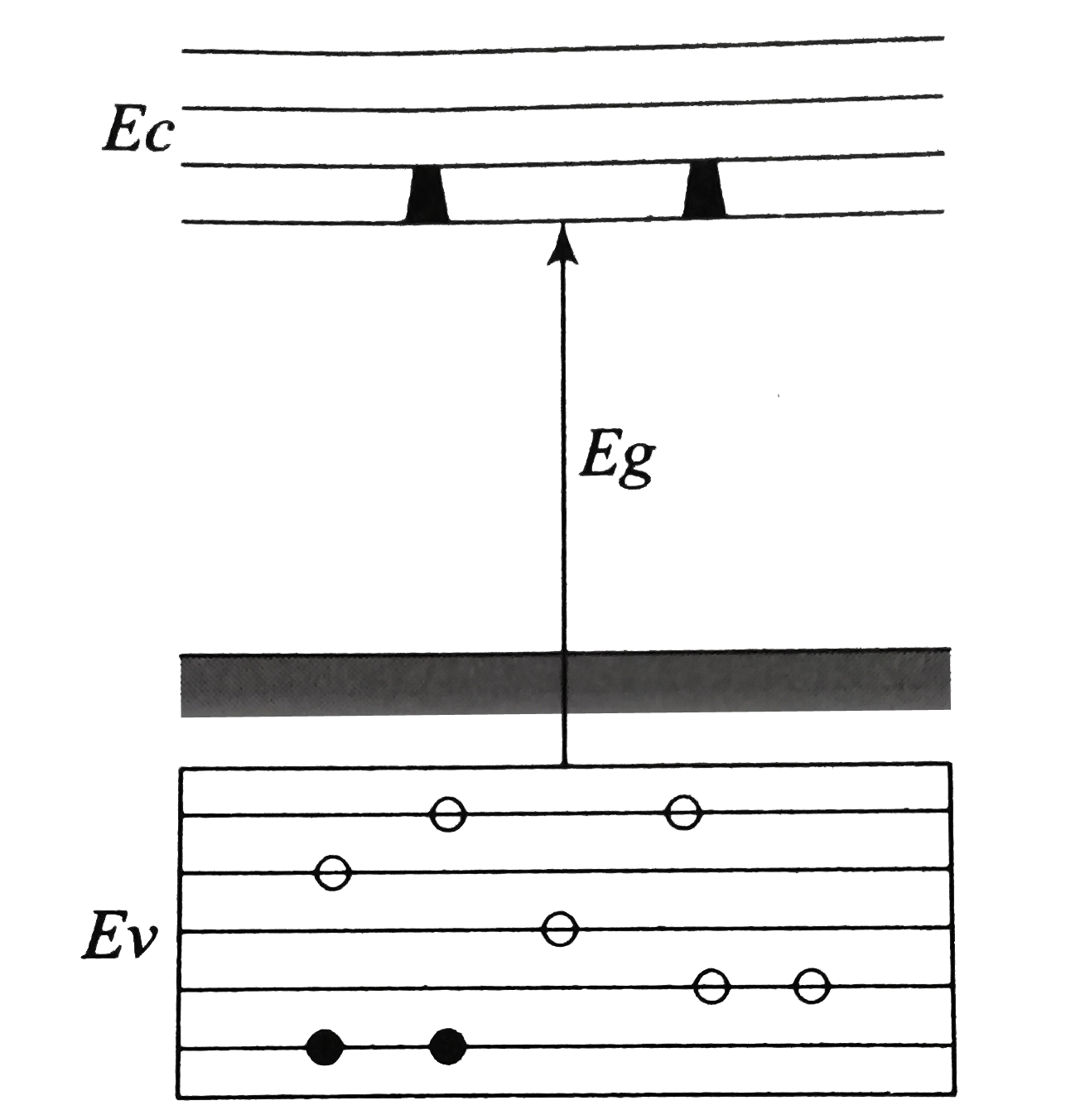Phellogen and phellem respectively denote
cork and cork cambium
cork cambium and cork
secondary cortex and cork
cork and secondary cortex
The correct Answer is:B
To answer the question "Phellogen and phellem respectively denote," we can break it down step by step:
Step 1: Understand the Terms
- Phellogen: This is a type of meristematic tissue responsible for producing cork. It is also known as cork cambium.
- Phellem: This is the outer layer of tissue produced by the phellogen, commonly referred to as cork.
Step 2: Identify Their Functions
- Phellogen (Cork Cambium): It is located in the outer layers of the stem and is responsible for the secondary growth in plants, specifically in dicots. It produces new cells that contribute to the protective outer layer.
- Phellem (Cork): This is the tissue that is formed on the outer side of the phellogen. It serves as a protective barrier for the plant, preventing water loss and protecting against pathogens.
Step 3: Conclusion
- Therefore, we can conclude that:
- Phellogen denotes the cork cambium.
- Phellem denotes the cork.
Final Answer:
Phellogen denotes cork cambium, and phellem denotes cork.
---
- Phellogen: This is a type of meristematic tissue responsible for producing cork. It is also known as cork cambium.
- Phellem: This is the outer layer of tissue produced by the phellogen, commonly referred to as cork.
- Phellogen (Cork Cambium): It is located in the outer layers of the stem and is responsible for the secondary growth in plants, specifically in dicots. It produces new cells that contribute to the protective outer layer.
- Phellem (Cork): This is the tissue that is formed on the outer side of the phellogen. It serves as a protective barrier for the plant, preventing water loss and protecting against pathogens.
- Therefore, we can conclude that:
- Phellogen denotes the cork cambium.
- Phellem denotes the cork.
Phellogen denotes cork cambium, and phellem denotes cork.
Topper's Solved these Questions
- BOOK - NCERT FINGERTPS ENGLISHCHAPTER - ANATOMY OF FLOWERING PLANTSEXERCISE - Assertion & Reason15videos
ANATOMY OF FLOWERING PLANTS
- BOOK - NCERT FINGERTPS ENGLISHCHAPTER - ANATOMY OF FLOWERING PLANTSEXERCISE - Anatomy Of Flowering Plants143videos
ANATOMY OF FLOWERING PLANTS
- BOOK - NCERT FINGERTPS ENGLISHCHAPTER - ANIMAL KINGDOMEXERCISE - Animal Kingdom148videos
ANIMAL KINGDOM
Similar Questions
Study the given statements carefully and give the answer.
(A)Bark is a nontechnical term that refers to all tissues exterior to the vascular cambium only
(B)Phellem, phellogen and phelloderm are collectively called pericarp.
(C)In the dicot stem vascular cambium is completely secondary in origin.
(D)In dicot stem endodermis cells are rich in starch grains and the layer is also called starch sheath.View SolutionThe range of the function f defined by f(x)=[1sin{x}] (where [.] and {.}, respectively, denote the greatest integer and the fractional part functions) is
View Solution
Knowledge Check
- Question 1 - Select One
If CpandCv denoted the specific heats of unit mass of nitrogen at constant pressure and volume respectively, then
ACp=Cv=R28BCp−Cv=R7CCp−Cv=R14DCp−Cv=R
In the energy band diagram of a material shown below, the open circles and filled circles denote holes and electrons respectively. The material is a/an
 View Solution
View SolutionIf CpandCv denoted the specific heats of unit mass of nitrogen at constant pressure and volume respectively, then
View SolutionCvandCp denote the molar specific heat capacities of a gas at constant volume and constant pressure, respectively. Then
View SolutionCvandCp denote the molar specific heat capacities of a gas at constant volume and constant pressure, respectively. Then
View SolutionIf L,C and R denote the inductance, capacitance and resistance respectively, the dimensional formula for C2LR is
View SolutionCvandCp denote the molar specific heat capacities of a gas at constant volume and constant pressure, respectively. Then
View SolutionCvandCp denote the molar specific heat capacities of a gas at constant volume and constant pressure, respectively. Then
View Solution

